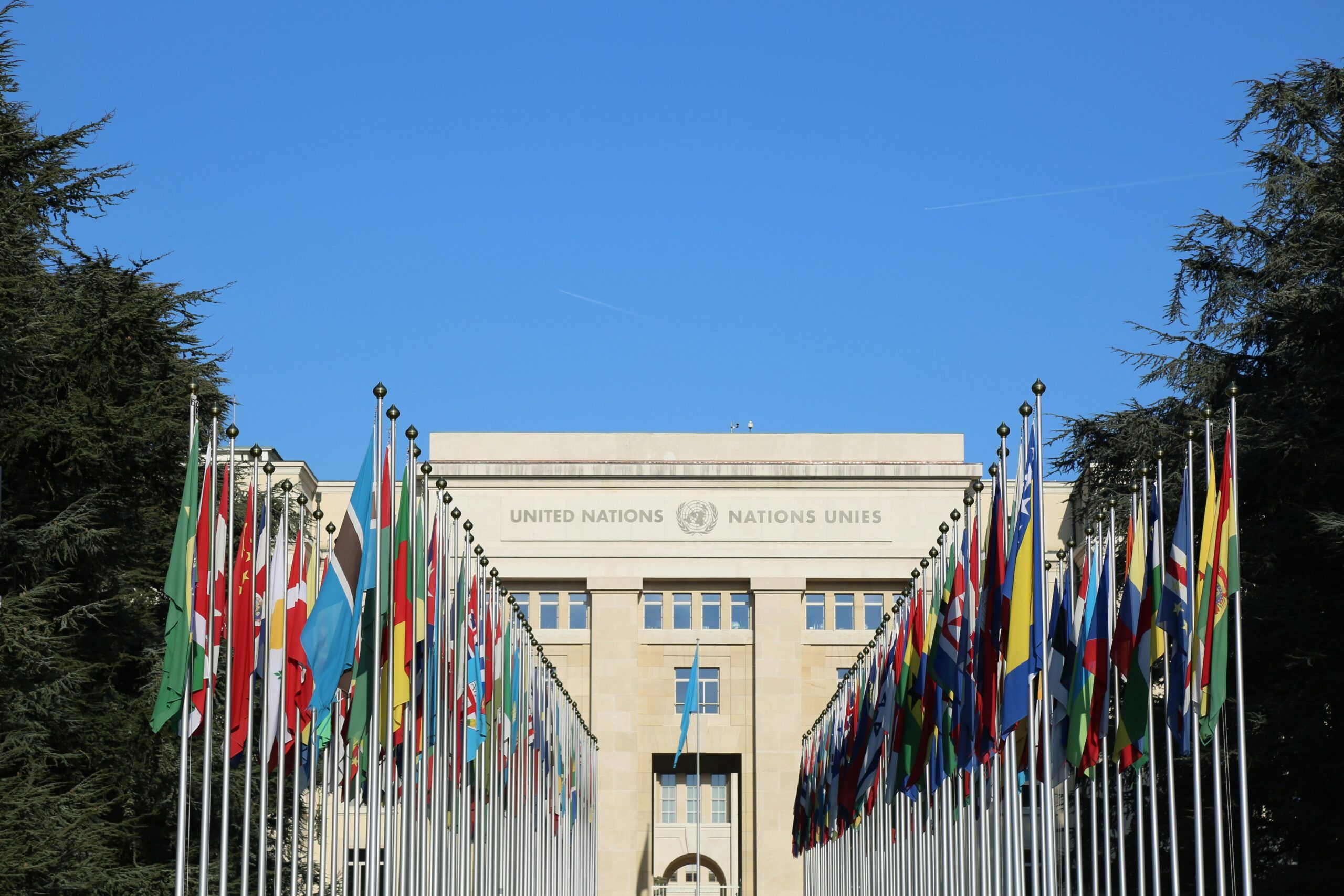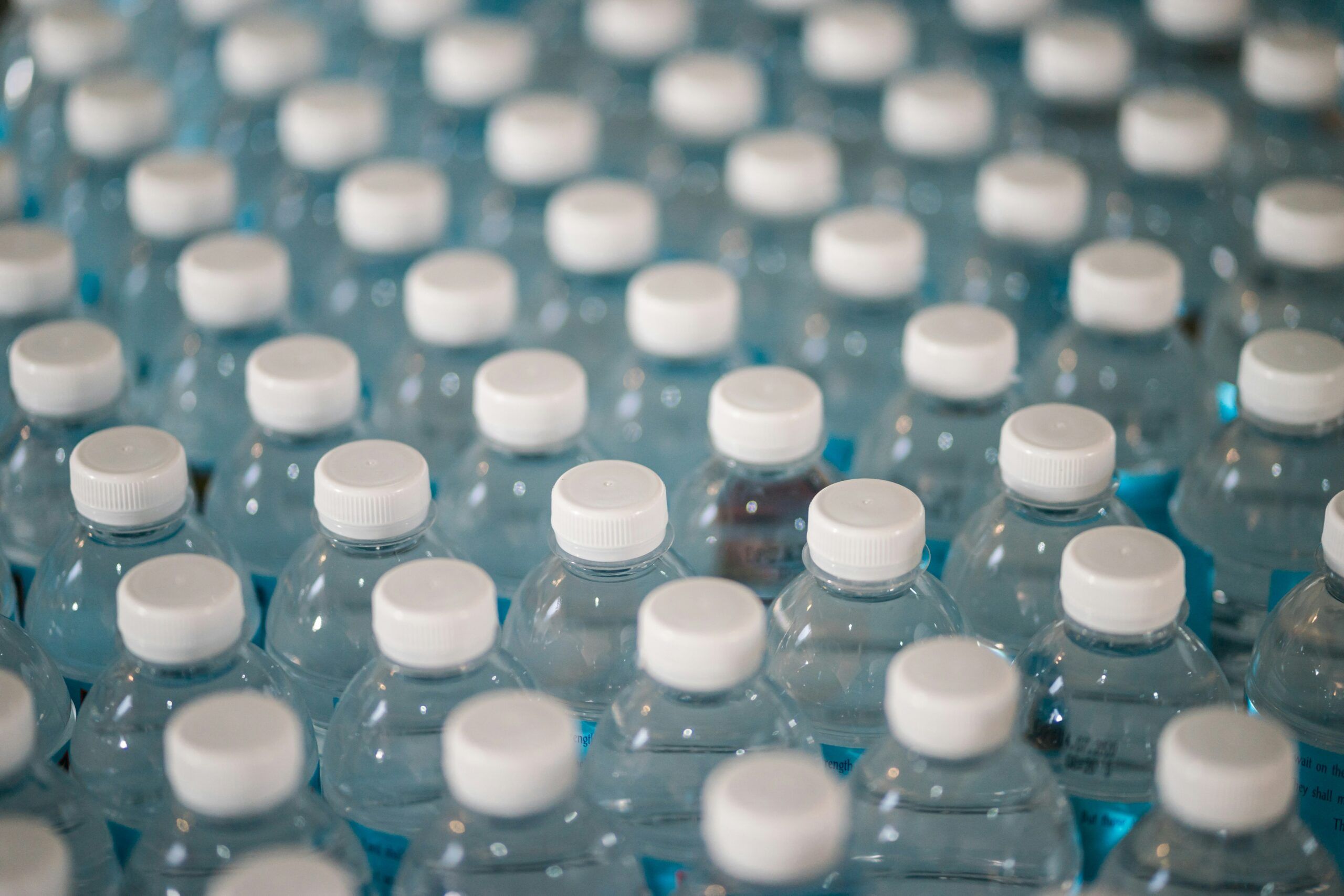UN Plastic Agreement – doomed to failure?
Single-use plastic is everywhere – in the environment, in animals, plants and even in the human body.
Microplastics and nanoplastics enter our bodies through breathing, food and water, making them not only an environmental problem but also a serious health threat.
On average, we consume about one credit card’s worth of microplastics per day, or five grams
Source: WWF, Solving plastic pollution through accountability, 2019
Numerous studies prove the harmfulness of plastic – they show that plastic particles and the chemical additives they contain (such as phthalates, bisphenols or PFAS) can cause developmental disorders, infertility, cancer and other diseases
Source: Fath, A., Mikroplastik – eine wachsende Gefahr für Mensch und Umwelt, 2019


All the better, then, that the UN Plastic Treaty was negotiated in August 2025 – or so one might think.
Right at the start of the negotiations, the WWF called for a legally binding global treaty that would reduce plastic production and consumption, ban toxic chemicals, mandate recycling and sustainable product design, and secure global funding for these measures, due to the rather disappointing negotiation text.
Then, after ten days, disaster struck: after a total of three years, the delegations from more than 180 countries were unable to agree on a far-reaching treaty. Germany and more than 100 other countries from the EU, South America, Africa and Asia had advocated for a far-reaching agreement, which included a comprehensive ban on single-use plastics and the promotion of reusable products.
Oil-producing countries such as Saudi Arabia, Iran and Russia wanted to limit themselves largely to better waste management.
According to the German Environment Ministry, 8.3 billion tonnes of plastic have been produced to date, 6.3 billion tonnes of which have become waste, most of which has ended up in landfills – an estimated 152 million tonnes of plastic waste has accumulated in rivers and oceans worldwide.The solution to pollution from single-use plastics is therefore a circular economy design concept.
The Ellen MacArthur Foundation states that recycling and reducing single-use plastic products is not enough and that without circular economy approaches, there will be more plastic than fish in the world’s oceans by 2050.
The circular economy has the potential to achieve the following by 2040:
- Reduction of marine plastic by up to 80% annually
- 25% reduction in GHG emissions
- Creation of 700,000 additional jobs
- Savings of up to USD 200 trillion
The future of the UN plastics agreement remains unclear for the time being. We will update this article as soon as new information becomes available.






